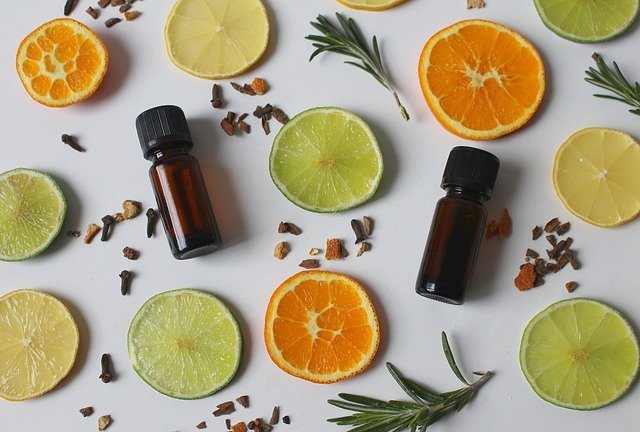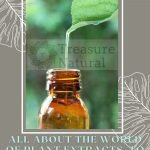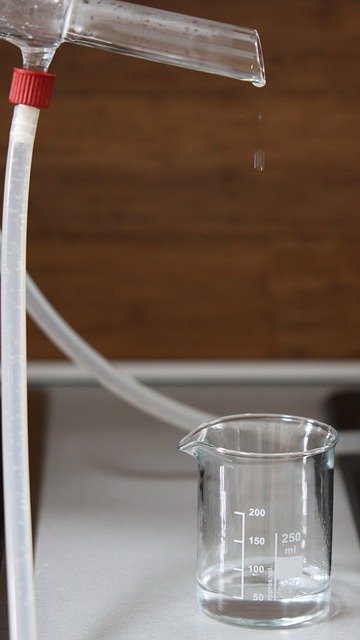Essential Oils Extraction : What are the officially admitted extraction techniques for Essential Oils? What can be defined according to the Essential Oil regulations and what not? Let’s shed some light on a still much debated topic.

As conventional medicine exploits the active ingredients contained in pharmaceutical products, aromatherapy exploits the active ingredients, defined terpenes , contained in essential oils , herbal products obtained from plants called ” essentiere ” .
According to the ISO definition, an Essential Oil is a “product obtained from a natural vegetable raw material of plant origin, by steam distillation, by mechanical process from the epicarp of Citrus fruits, or by dry distillation, after separation of the aqueous phase, if any, by physical process “, or a” product obtained from raw materials of vegetable origin through steam distillation, through mechanical processes of pressing from the epicarps of the fruits of the genus Citrus, or by dry distillation, after separation of the aqueous phase, if present, through physical procedures “.
The aromatherapy is therefore based on the use, for therapeutic purposes, of the biological activities of the molecules contained in the Essential Oils, which can be carried out through the inhalation (the molecules of essential oils are partially volatile at room temperature), topical application ( appropriately conveyed), or oral intake (to be carried out only with Essential Oils formulated in gastro-resistant tablets or in 2% honey or glycerin solution, after close medical consultation).
How essential oils are obtained
Based on the definitions given by the competent bodies (ISO and Eu. Ph.), There are only three extraction techniques that allow us to define an “Essential Oil” product:
- steam distillation
- cold pressing (citrus fruit only)
- dry distillation.
As a direct consequence of the ISO definition, it is obvious that many products on the market today with the generic name of “essence” or “Absolute Oils” are not and cannot be defined as Essential Oils, just as the products obtained with techniques are not Essential Oils. diversified extractive, such as supercritical CO 2 extraction, solvent extraction, or enfleurage .
Essential oil extraction techniques
As we have anticipated, there are three techniques for extracting essential oils. Let’s see what they predict below.
Steam distillation
The most used technique of extraction of essential oils, which is applied, as we have seen, to almost all of the essential plants, is the distillation in a current of steam. The starting plant material can be fresh or dried, depending on the species of plant used, whole (as in the case of shrub leaves) or chopped (as in the case of wood or tree bark). Although having different sizes and shapes, the structure of these instruments always consists of three main parts:
- A steam generator (it can be a boiler, a modified pressure cooker or a real steam generator), which produces steam water at 100 degrees C and at ambient pressure;
- A chamber traditionally called “alembic”, which contains the plant material to be distilled;
Briefly, the steam produced by the generator is conveyed inside the alembic containing the plant, where it performs three main functions:
- It macerates the plant tissues, favoring the release of the Essential Oils by the plant;
- The vapor brings the material contained in the still to a temperature of about 100 degrees C, allowing all the molecules with a boiling temperature below 100 degrees ° C to become gaseous and
- It drags these molecules from the bottom up, channeling them towards the refrigerated condenser.
Inside the condenser, this gaseous flow (made up of water and terpenes) encounters a colder temperature and condenses back into liquid form. At the outlet of the condenser a collection container is normally positioned (for example a “Florentine vase”), in which both the aromatic waters (or hydrolates, demineralized waters used in cosmetics as detergents and dense water structuring agents) and the Essential Oil, which, being made up of lipophilic molecules and not miscible with water, will separate on the surface of the water and can be separated from it by using a separator funnel.
Cold pressed
The cold pressing allows to obtain the Essential Oils from the epicarps (colored part) of the peels of the fruits of the genus Citrus. In citrus fruits, Essential Oils are enclosed within structures, called oil vesicles, which are found in the colored part of the peel (epicarp or flavedo). To obtain them, the white part (albedo) is removed from the peel and the flavedo is subjected to pressure by pressing. This allows the Essential Oils to escape from the vesicles, along with the water and squeezing juices. Once the liquid fraction has been obtained, it will be necessary to separate the aqueous fraction from the Essential Oil by decantation, which, being less dense than water, will separate and stratify on the surface.
Dry distillation
The dry distillation, mainly used at an industrial level in cracking processes for obtaining gaseous fuels from coal or wood, provides for the extraction of volatile components of plants through heating at variable temperatures (from 110 to 900 ° C) and in the absence of oxygen of the plant material. This process may involve chemical alteration of the extracted material (pyrolysis or thermolysis) and is not normally used in the production of Essential Oils due to the high risk of obtaining products of poor organoleptic quality (heat, in direct contact with the plant could alter the thermolabile molecules , giving the product a hint of burnt) or do not meet the specifications of the quality control of Essential Oils.





